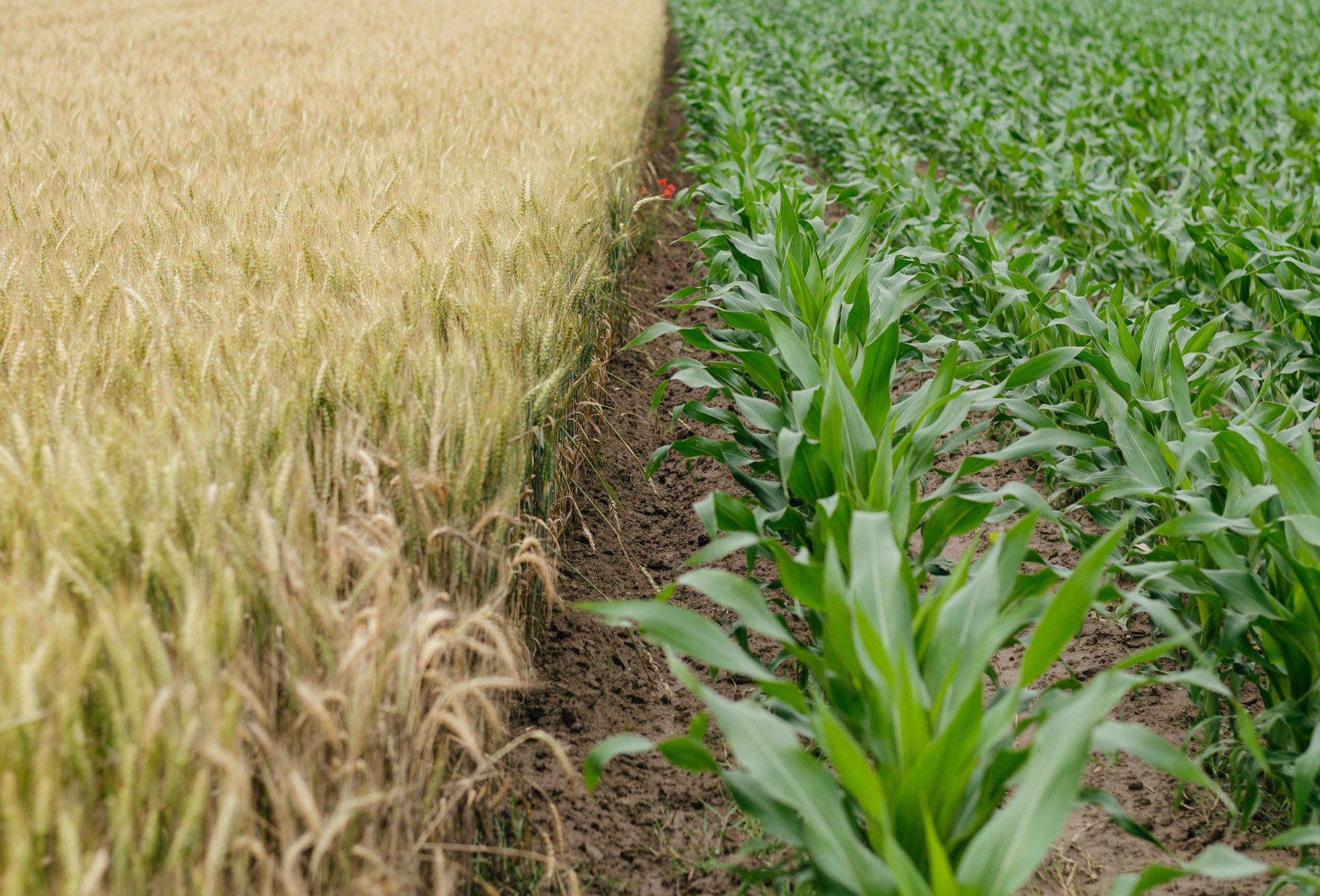Regenerative Agriculture is the latest trend in production agriculture, being presented by corporations due to consumer demand. But, what is Regenerative Agriculture? General Mills is one of the first companies to set goals for regenerative agriculture. Their goal is to expand their programs to 1 million acres across North America.
Here are the General Mills six (6) core principles of regenerative agriculture:
1. Understand context of you farm operation
2. Minimize soil disturbance
3. Maximize crop diversity
4. Keep the soil covered
5. Maintain living root system year-round
6. Integrate livestock
While the principles emphasize factors for soil health and efficient water use, they also emphasize biodiversity of crops, inclusion of livestock and economic resiliency in farming communities. Some of General Mills pilot programs include: A Northern Plains oat pilot, a Southern Plains wheat pilot in KS, a Great Lakes dairy pilot in western MI, and conversion of the 34,000 acre Gunsmoke Farms in SD to a certified organic farm. Gunsmoke is producing organic wheat, oats, alfalfa, peas and
Kernza Cargill is a second company launching into various regenerative ag programs. Cargill has a goal “to advance regenerative agriculture practices across 10 million acres of North American row crop farmland by 2030.” Their goals include to “help implement soil health practices and unlock the climate change mitigating potential in farmland and natural ecosystems.” Some of their pilot programs include: A Soil Carbon Project to impact 100,000 acres in NE to help mitigate greenhouse gas emissions and adapt to the impacts of climate change in a key beef producing region.
The Soil and Water Outcomes Fund to help row-crop farmers in IA. Farmers are incentivized on a per-acre basis for adopting practices such as cover crops, reduced tillage and optimizing nutrient management. Practical Farmers of Iowa to launch two programs focused on boosting adoption of cover crops in NE and along tributaries of Mississippi, Illinois and Ohio river waterways.
The term Regenerative Agriculture will have many definitions for many different companies. As we see to date, healthy soils goals will include cover crops, biodiversity of crops and reduced tillage. Beyond the farmer’s perspective will be goals of reduced greenhouse gases and carbon sequestration to meet corporate climate change goals. We will be seeing many more companies joining in to meet their corporate climate goals through farming operations.
Source: General Mills & Cargill websites





